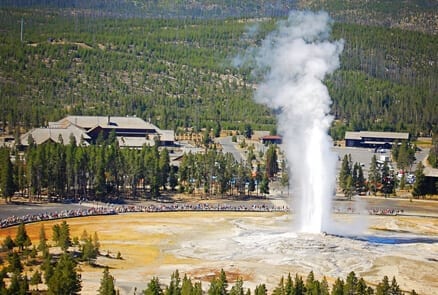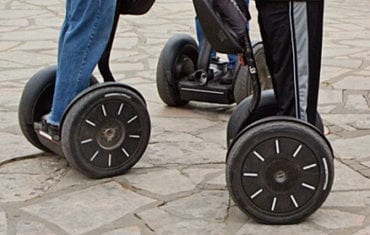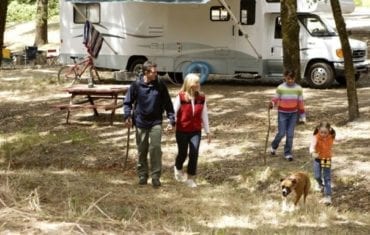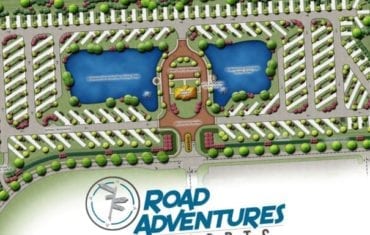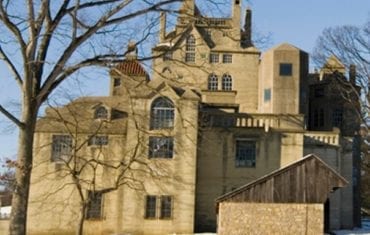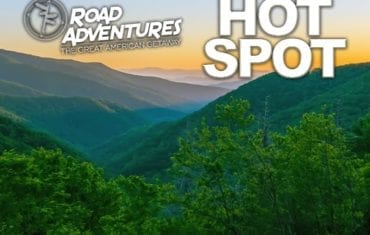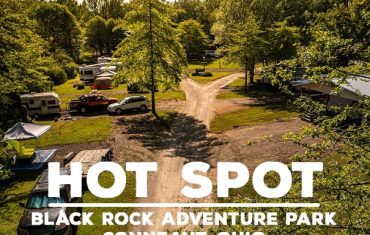Colter’s Hell Is Yellowstone’s Super Volcano
Before Yellowstone became the nation’s first and most revered national park it was known as Colter’s Hell. John Colter, a member of the Lewis and Clark expedition, explored the area around Yellowstone after his days with the explorers and returned east with tales of steaming fissures, bubbling pools of mud and jets of hot water that sprayed from the ground.
They were fantastic tales and a skeptical public started calling that corner of the country Colter’s Hell. In reality, Colter’s Hell is actually Colter’s Volcano. All of the features that make Yellowstone National Park a geothermal wonderland are caused by a super volcano just below the park’s surface.
The southwestern quadrant of the park, where most of Yellowstone’s geothermal features are found – like Old Faithful and Grand Prismatic Spring – is an enormous, miles-wide volcanic caldera. If your 8th-grade earth science class was way too long ago, a caldera is essentially the crater left behind when the magma chamber below a volcano explodes or collapses.
As you drive through the southwestern corner of the park, the caldera, which is roughly 30 by 45 miles in size, can be hard to make out. The southwest corner of the park is essentially the bottom of a shallow bowl where the brim is the horizon. And if it feels more like a valley than a crater, that’s because it is. Lava flows after the massive volcanic eruption 640,000 years ago filled in much of the caldera, leaving it flat. But the rim is still very much in place. And it’s worth seeing.
The best views of the caldera’s rim can be seen from the Washburn Hot Springs overlook, south of Dunraven Pass. Some of the more famous landmarks in the park – Gibbon Falls, Lewis Falls, Lake Butte, and Flat Mountain Arm of Yellowstone Lake – are all part of the rim.
All of Yellowstone’s geothermal features result from the enormous magma chamber that still sits below the park. The subterranean chamber puts pressure on the land above it. That, coupled with the heat it generates, creates geysers, mud pots, wildly colored hot springs and every other attraction for which the park is known.

